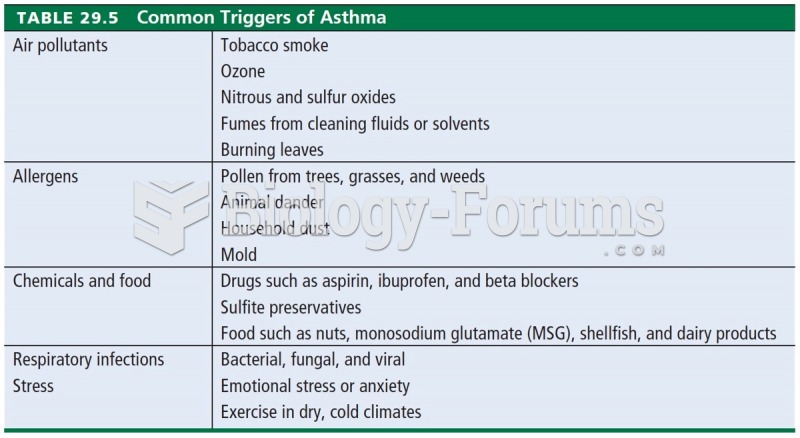|
|
|
Did you know?
The calories found in one piece of cherry cheesecake could light a 60-watt light bulb for 1.5 hours.
Did you know?
Excessive alcohol use costs the country approximately $235 billion every year.
Did you know?
Your heart beats over 36 million times a year.
Did you know?
Cyanide works by making the human body unable to use oxygen.
Did you know?
Colchicine is a highly poisonous alkaloid originally extracted from a type of saffron plant that is used mainly to treat gout.







